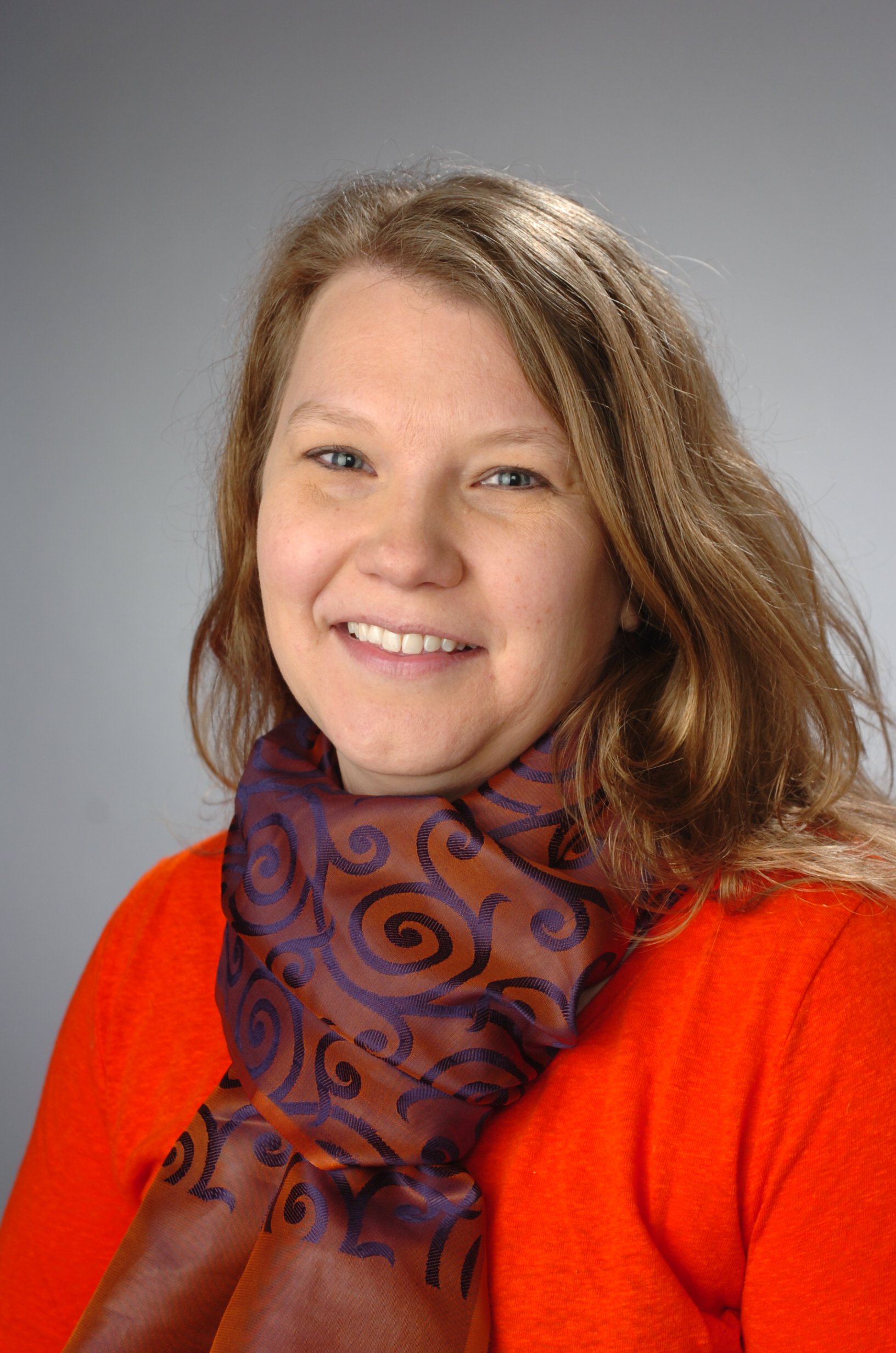Big Data Holds Key to Understanding Human Behavior
A&S Professor Amy Criss will provide critical guidance for NSF funding that advances basic research in social, behavioral and economic sciences.

Researchers increasingly analyze gigantic volumes of digital information to understand how and why individuals and groups of people conduct their lives the way they do, both during ordinary days and under extreme stress such as disease outbreaks or social unrest. A program at the National Science Foundation (NSF) develops and employs methods that could help unearth fundamental principles of human behavior. Now one of Syracuse’s own is providing critical guidance for this federally supported research.
Amy Criss, professor of psychology, recently began a year-long appointment to the NSF as a Program Director for the Human Networks and Data Science Program (HNDS). She will oversee the merit review process for $8 million in annual federal funding and help to guide the direction of basic research in the social, behavioral and economic sciences across the United States and partner nations.
“The NSF funds research on big theoretical questions, thinking about what’s next for the future of science,” Criss says.
The goal of HNDS is to help future investigators identify human phenomena that have been previously hidden from view, using new hardware, software and investigative approaches to analyze “big data” or vast volumes of digital information from the internet and other resources.
There are two types of HNDS projects. HNDS-I research proposals seek to develop and improve scientific infrastructure and other tools for future big-data studies.
“These proposals aim to maximize all the data available for a research question,” says Criss. “The researcher community may need new hardware, new software or new ways of approaching large, dynamic, complex datasets. These proposals develop and improve supporting data networks and infrastructure that researchers can use in the future to understand human behavior. These innovations could allow scientists to ask questions they could not have asked because they didn’t have the tools to address them.”
HNDS-R proposals are the second type. They aim to answer important theoretical questions with large or highly complex datasets, diverse scales of measurement across time and space and multi-scale, multi-level network data and techniques of network analysis. These projects would make innovative use of NSF-supported data networks, databases, centers and other forms of scientific infrastructure.
“Researchers on these projects seek to understand data that are highly dynamic in time or reflect interconnected systems,” Criss says.
Both types of basic research support conditions for future scientists to generate novel ideas about people and their societies.
According to Criss, the goal is to understand different types of human behavior. “We look under the hood to learn how a person or groups of people operate,” she says. “With that understanding, we could develop better tools to solve practical problems.”
